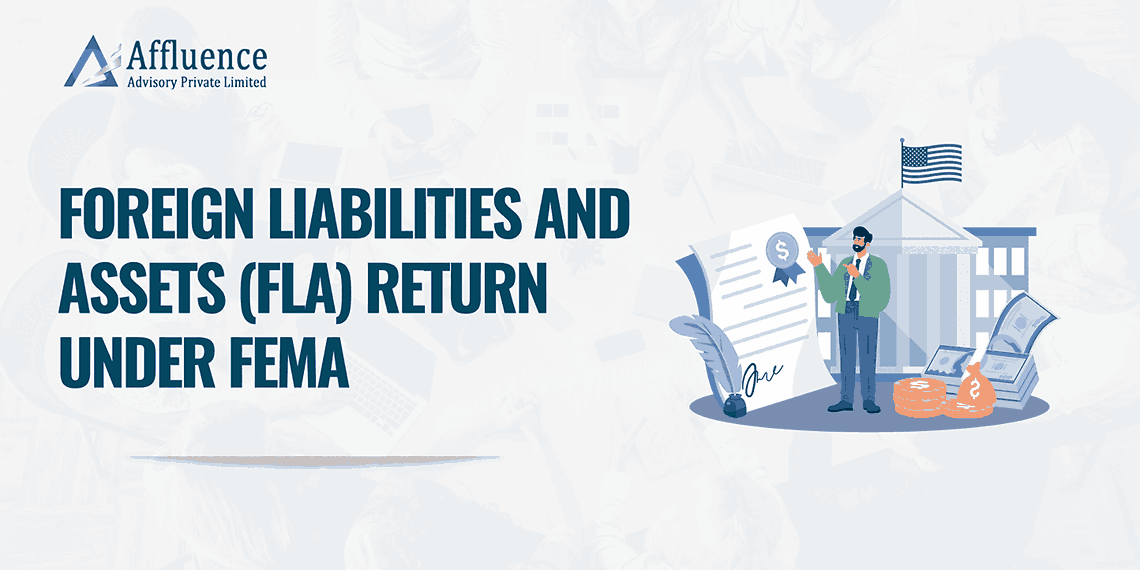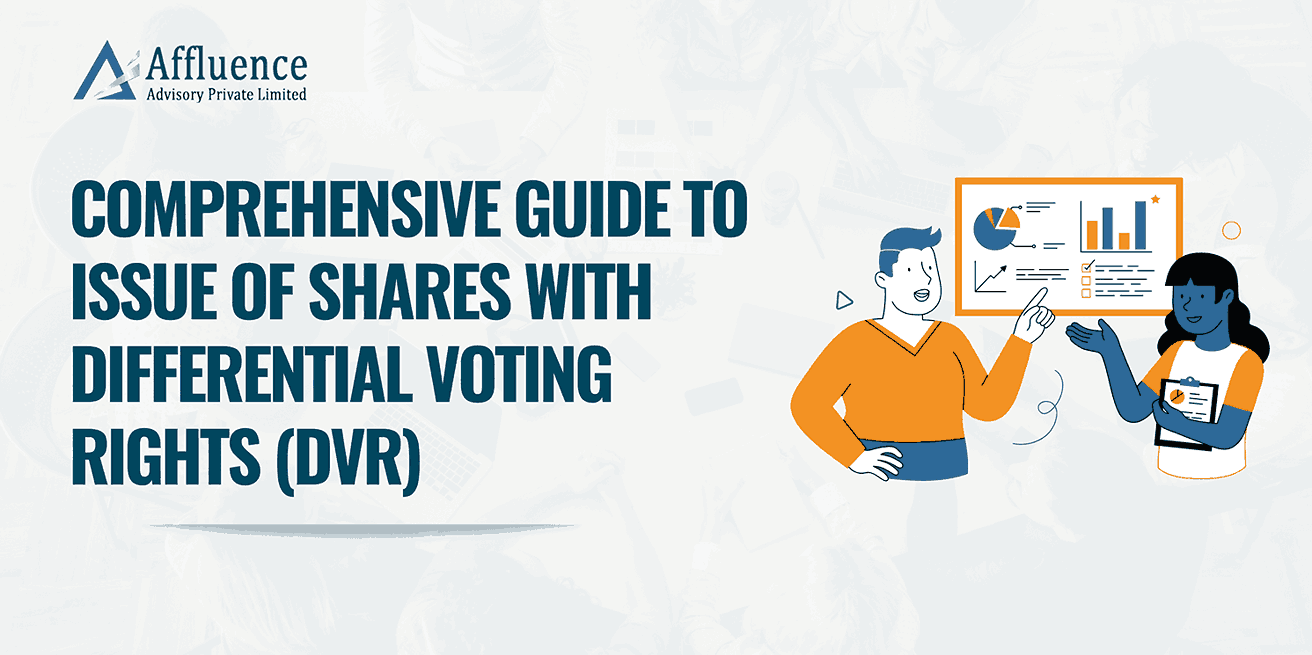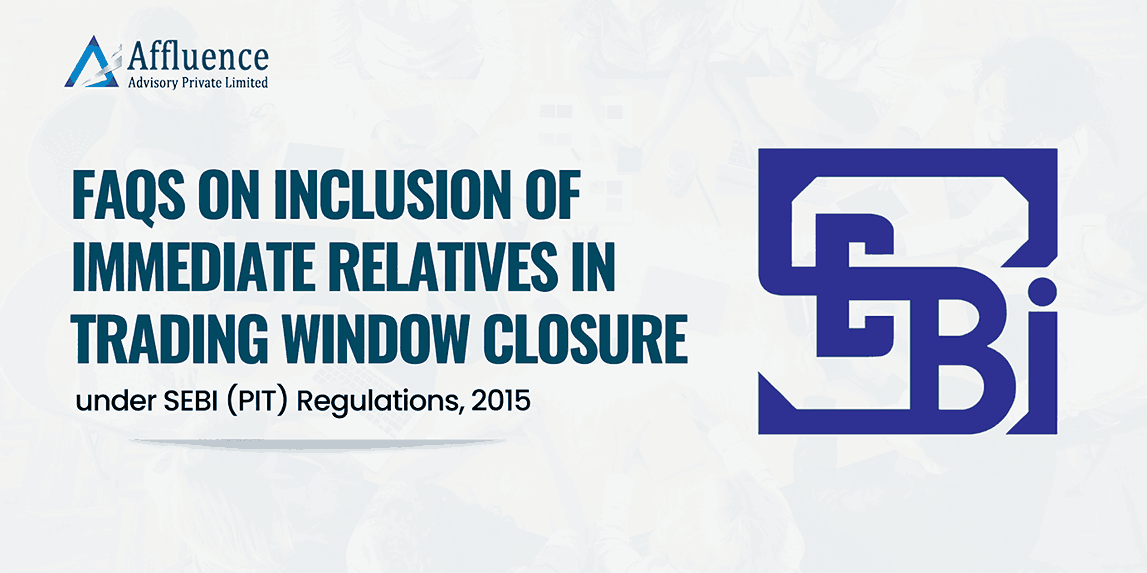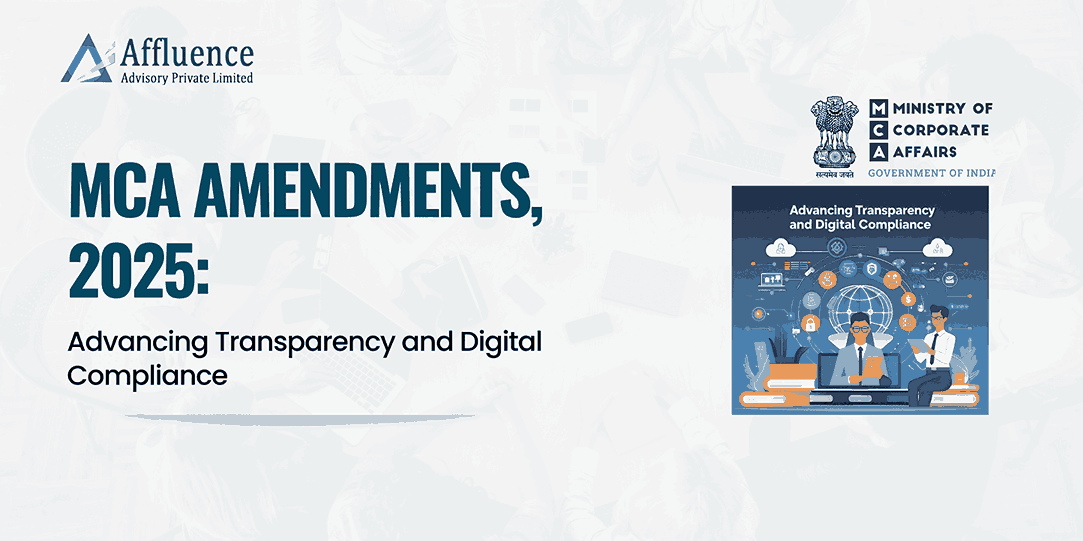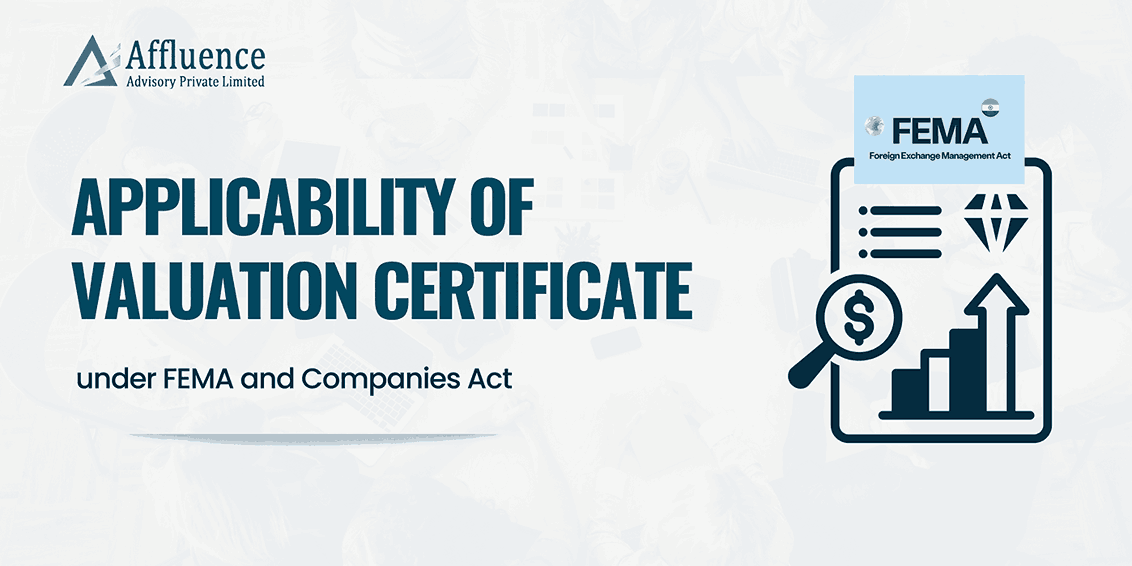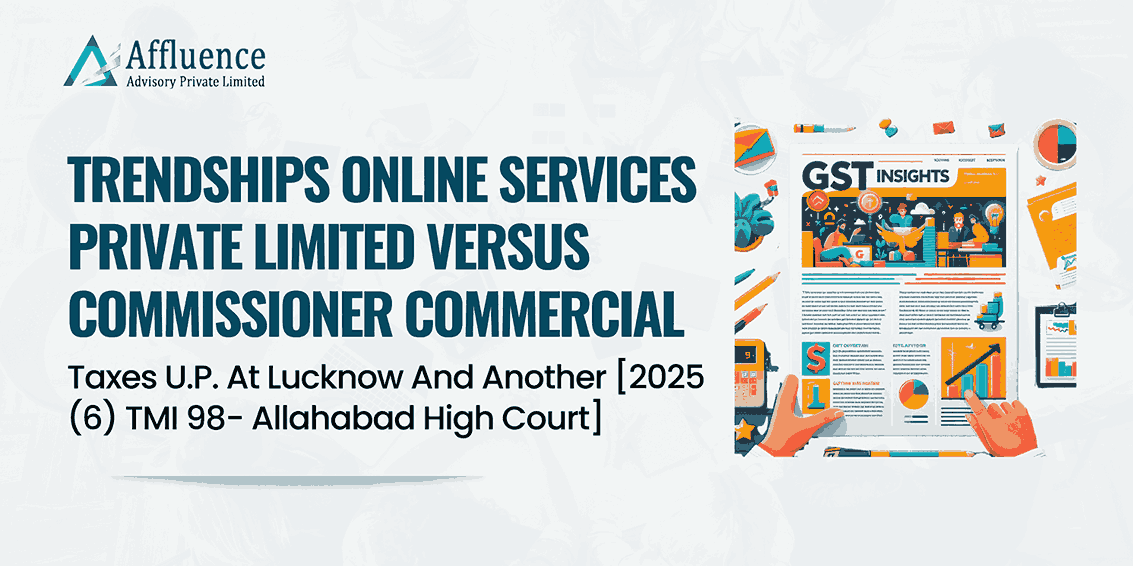SCRUTINY UNDER GST:
Goods and Services Tax (GST) is a self-assessment-based tax scheme wherein a taxpayer is required to determine its tax liability and avail the eligible credit on periodical basis. However, department may scrutinize the GST returns filed by a taxpayer to validate whether correct tax liability has been determined or the ITC has been correctly availed. The same is envisaged in Section 61 of CGST Act read with Rule 99 of CGST Rules.
Therefore, it is relevant to understand the scrutiny provisions under GST Law.
- WHAT IS FORM GST ASMT-10?
Form GST ASMT-10 is a scrutiny notice issued to intimate the discrepancies observed by the officer while verifying the GST returns filed by the taxpayer.
Upon scrutiny of GST returns by GST authorities, if any discrepancy is noticed, he may issue a notice in Form GST ASMT-10. In the said notice the officer would mention about the discrepancy he has observed and would ask the taxpayer to either pay the differential amount or provide clarifications/explanation for said discrepancy.
- Provisions relating to issuance of scrutiny notice in Form GST ASMT-10
The power to scrutinize the return and related particulars furnished by the registered person and ensure its accuracy has been provided to the proper officer vide Section 61(1) of the CGST Act read with Rule 99 of the CGST Rules.
Pursuant to said scrutiny, the officer communicates the discrepancies observed to the registered person is “Form GST ASMT-10”.
Mode of issuing the Form GST ASMT 10: The said notice is usually communicated by uploading it on GST portal. However, in certain cases, it is also sent via registered email id or through post. Upon uploading of said notice, the taxpayer is required to file a response i.e. whether the discrepancy has been accepted and accordingly tax has been paid or furnish an explanation in Form GST ASMT 11. The officer may seek the response against the said notice in not more than 30 days from date of service of notice or such further period as may be permitted by him.
- Scenarios under which FORM GST ASMT-10 can be issued?
Section 61 of the CGST Act read with Rule 99 of CGST Rules provides that in case of discrepancies noticed in the returns filed by taxpayer, a notice in Form ASMT-10 shall be issued. However, it does not provide for the scenarios under which said notice can be issued.
Based on our observations, we understand that notice in Form GST ASMT-10 can be issued in the following cases:
- Differences in Input Tax Credit (ITC) claimed: A notice under ASMT-10 can be issued for the difference between the ITC available in GSTR-2A/GSTR 2B (auto-populated data) and the ITC availed in GSTR-3B (self-declared). It is also relevant to note that pursuant to insertion of Rule 88D of CGST Rules, an intimation for difference in ITC as per GSTR-3B and GSTR-2B above certain threshold can be issued in Form GST DRC-01C. Hence, pursuant to insertion of said Rule we may see issuance of intimation under Rule 88D of CGST Rules in case of difference in ITC as per GSTR-3B and GSTR-2B.
- Differences in Tax Liability: A notice under ASMT-10 can be issued for difference in tax liability reported in GSTR-1 (outward supplies) and GSTR-3B. It may be relevant to note that for the difference in tax liability reported in GSTR-1 and GSTR-3B, an intimation can be issued under Rule 88C of CGST Rules in Form GST DRC-01B. Hence, we may see issuance of intimation under Rule 88C of CGST Rules in case of any difference in tax liability as per GSTR-1 and GSTR-3B.
It is worthwhile to note that issuance of intimation under Rule 88C and Rule 88D of CGST Rules is system generated. However, scrutiny notice in Form GST ASMT-10 is issued by the officer pursuant to verification of details reported in GST returns by taxpayer.
- Discrepancy between E-Way Bill and GSTR-3B: If there is a difference between the tax liability appearing in the E-Way Bill system and the tax liability declared in GSTR-3B, Form GST ASMT-10 can be issued.
- Purchases from Cancelled or Suspended Dealers: Purchases made from a dealer whose GST registration has been cancelled or suspended might trigger the issuance of notice in Form GST ASMT-10
- Suspected Fake or Bogus Dealers: If the registered person has made purchases from dealers who is suspected to be fake or bogus by the department, could lead to issuance of notice in Form GST ASMT-10 notice by the proper officer for further investigation.
While there is no defined criteria under which a notice in Form GST ASMT-10 can be issued, the above scenarios can be referred to understand the grounds based on which said notice can be issued.
- Checklist for validating the notice issued in Form GST ASMT-10
Ideally, a notice in Form ASMT-10 should comprise of the following:-
- Digitally generated Document Identification Number (DIN).
- Reference Number for case reference.
- Proper Name, Address and GSTIN of the taxpayer against whom the said notice is issued
- Date of issuance of Notice
- Exact details of the discrepancies observed by the Proper Officer resulting in the issuance of the said Notice
- The Section under which action shall be taken, in case no communication is made by the taxpayer pertaining to the said Notice
- Time limit within which the reply is to be made
- The said Notice is signed by the Proper Officer issuing the same
- PROCEDURE RELATING TO FORM GST ASMT-10?
- Rule 99 of the CGST Rules, 2017 outlines the procedure to be followed in case of discrepancies noticed upon scrutiny under Section 61 of the CGST Act, 2017.
- If the taxpayer receives the notice in Form ASMT-10, the taxpayer is required to submit its response in Form GST ASMT-11 within such time as may be prescribed in the notice (not exceeding 30 days) from the date of receipt of the notice.
- There can be two possibilities while submitting the response in ASMT -11 i.e.
- Accepting the discrepancies and paying the specified amount; or
- Denying the discrepancies and providing clarifications and workings substantiating the denial.
- If the response filed by the taxpayer is to the satisfaction of the proper officer, he shall issue an Order in Form GST ASMT-12 informing the same, and accordingly, the proceedings shall be dropped.
- Alternatively, if the reply is not found to be satisfactory by the proper officer, he may initiate appropriate actions including conducting audits/ inspection or proceed to determine the tax and other dues under Section 73 or Section 74 of the CGST Act.
Suggestions on preparing a response to Form ASMT-10 in certain scenarios:-
- Before preparing a reply against the notice, the taxpayer should validate the notice in light of the above-mentioned checklist. Also, it is relevant to evaluate whether the discrepancy mentioned in the said notice is due to any inadvertent error in the data reported in GST returns.
- If the discrepancy is related to a difference in the outward liability reported in GSTR-1 and GSTR-3B, it is pertinent to arrive at the cause for the difference, and accordingly, a reconciliation in tabular form along with the reasons for the difference, can be provided to the proper office in its response.
It is possible that the proper officer may have missed out upon any amendments made in the data reported in GST return or the reports generated by system could be showing incorrect particulars as compared with data actually furnished in returns.
- In cases where the discrepancy relates to excess ITC claimed in GSTR-3B as compared with the credit available in GSTR-2A/GSTR-2B, a month-wise or party-wise reconciliation can be provided.
Further, if the scrutiny pertains to the period July’17 to March’18 and FY 2018-19; it can be evaluated whether a certificate can be obtained in light of Circular 183/15/2022-GST on 27 Dec 2022.
- In matters pertaining to Fake or Bogus invoices issued by suppliers who could not be found, the obligation to establish the genuineness of said purchase lies on the recipient. Therefore, it is essential for the taxpayer to maintain an exhaustive set of documents such as a copy of the purchase invoice, lorry receipt (in case of goods), stock register, e-waybill, and bank statement depicting the payment made to said supplier etc.
- Similarly, in case where the allegation pertains to wrongful availment of ITC, the taxpayer can justify the eligibility of credit in light of adherence to Section 16, Section 17 and Section 18 of the CGST Act, 2017 read with Rule 36 of the CGST Rules.
To summarize the above, the taxpayer shall firstly validate the notice issued in Form GST ASMT-10, peruse the discrepancy highlighted in the said notice, and accordingly provide a suitable response with supporting documentation. Seeking expert GST assistance can be beneficial to navigate the process effectively.
Also Read: GST Compliances: Action Points of Closing of FY 2023-24
- DIRECT ISSUANCE OF DEMAND-CUM SHOW CAUSE NOTICE
In some of the cases, it has been observed that instead of issuing Form ASMT-10 preliminarily, the office has directly issued ‘Show cause notice’
While Section 61 of the CGST Act is silent with respect to mandatory issuance of Notice in ASMT-10 before any proceeding under Section 73 or 74 is initiated, HC in below cases have held that issuance of said notice is mandatory.
- The judgment pronounced by Hon’ble Gauhati High Court in the case of M/s PEPSICO INDIA HOLDINGS PVT LTD V. UOI & 3 Ors. [2023-VIL-883-GAU] is discussed herewith –
The key issue in the captioned case was that, without following the provisions of Section 61 of CGST Act r/w Rule 99 of the CGST Rules i.e. issuance of Form ASMT-10; was it correct on part of the Proper Officer to assume jurisdiction to issue the Demand-cum-Show Cause Notice under Section 73(1) of the CGST Act. The HC held that the issuance of ASMT-10 is a mandatory condition precedent to issuance of a Demand-cum-Show Cause Notice under Section 73[1] of the CGST Act. Further, it was opined that at the stage of ASMT-10, the alleged discrepancy would only be a discrepancy simplicitor but at the stage of issuance of Demand-cum-Show Cause Notice under Section 73[1] of the CGST Act, there is formation of a prima-facie opinion on the part of the Proper Officer that there is an act, which is in violation of the statutory obligation cast on the Noticee.
Therefore, the operation of impugned SCN was stayed and directed the respondent GST authorities to file their response.
- Another judgement pronounced by the Hon’ble Andra Pradesh High Court in the case of Devi Traders V. State Of Andhra Pradesh: [2023] 152 taxmann.com 22 (A.P.) is also discussed herewith –
In the captioned case, though Form GST ASMT 10 was issued on 22.12.2021 pointing out certain discrepancies, the GST DRC-01 dated 15.02.2022 and the impugned order in GST DRC-07 dated 09.05.2022 were issued on the basis of issues that are completely different from what was set out in Form ASMT 10 dated 22.12.2021. The HC in the said case took a view that ASMT 10 is mandatory before proceeding to issue notice in Form GST DRC-01, and failure to issue the same in respect of the discrepancies forming the subject matter in GST DRC-01 dated 15.02.2022 culminating in GST DRC-07 dated 09.05.2022 would vitiate the entire proceedings. Further, it was held that, it is trite law that when the Act prescribes the method and manner for performing an act, such act shall be performed in compliance with the said method and manner and not otherwise. Accordingly, the impugned order was set aside.
In light of the above discussed judgements, it is evident that the issuance of Notice in ASMT-10 could be held to be a mandatory requirement.
CONCLUSION
With the increase in number of notices being issued under GST, it is relevant to evaluate the validity of the same and accordingly draft a suitable response along with supporting details/documents. While the officer in many cases may not issue notice in Form GST ASMT-10 and proceed with adjudication under Section 73 or 74 of CGST Act, it is relevant to consider the position taken by HC (above referred cases) while drafting the response against the said notices.
Disclaimer: This article provides general information existing at the time of preparation and we take no responsibility to update it with the subsequent changes in the law. The article is intended as a news update and Affluence Advisory neither assumes nor accepts any responsibility for any loss arising to any person acting or refraining from acting as a result of any material contained in this article. It is recommended that professional advice be taken based on specific facts and circumstances. This article does not substitute the need to refer to the original pronouncement
CLICK HERE DOWNLOAD PDF



